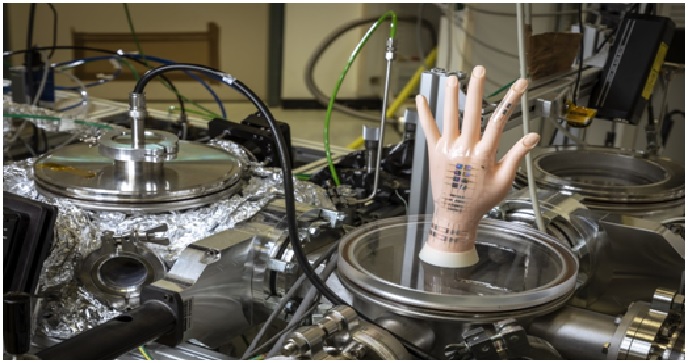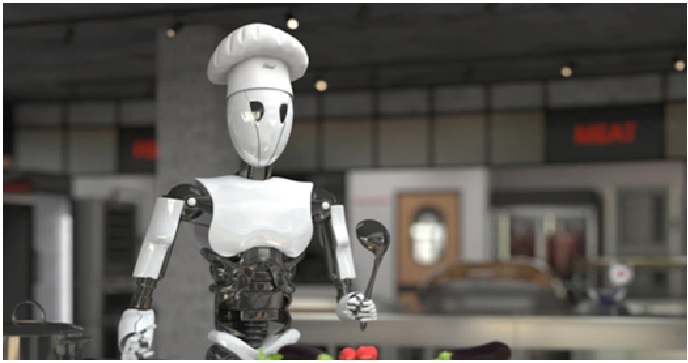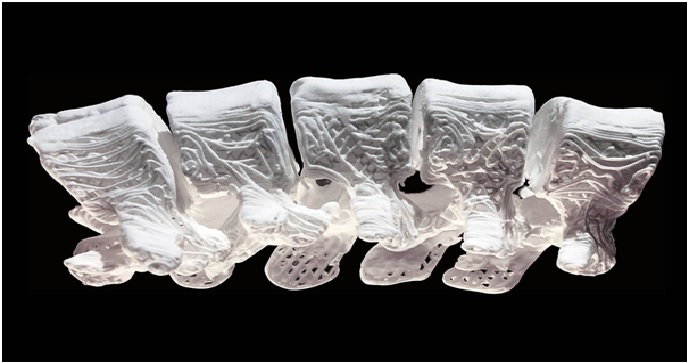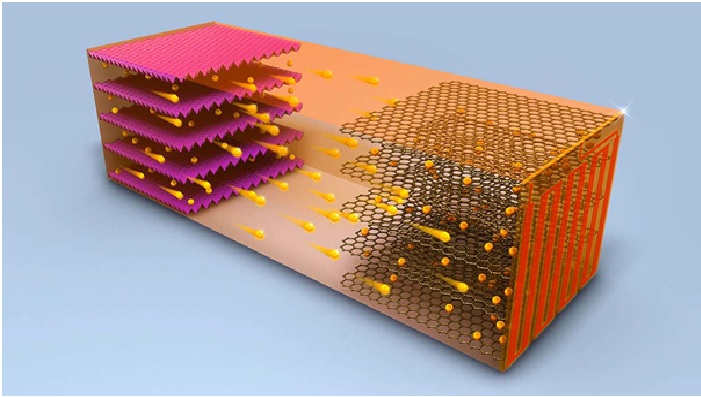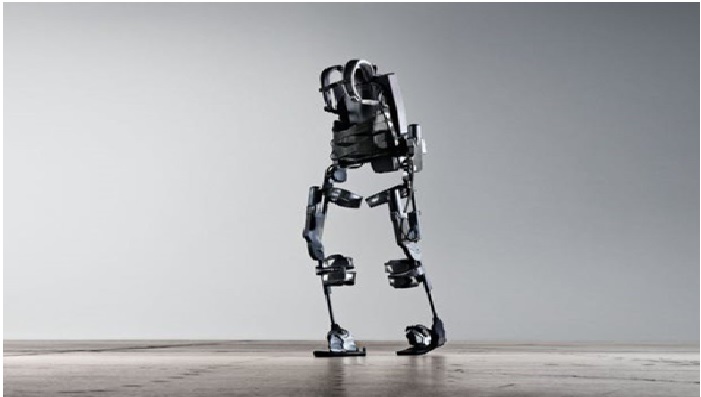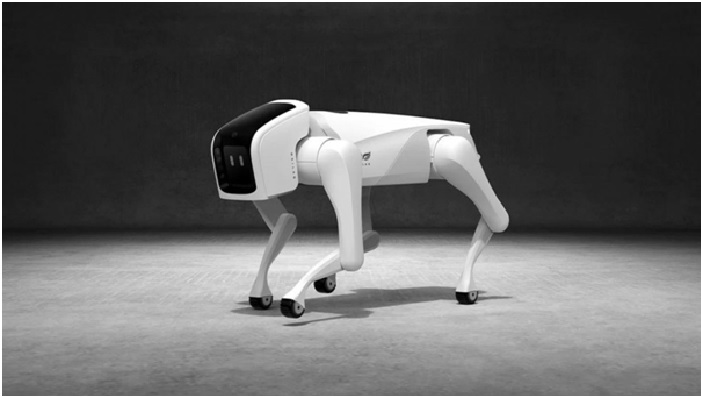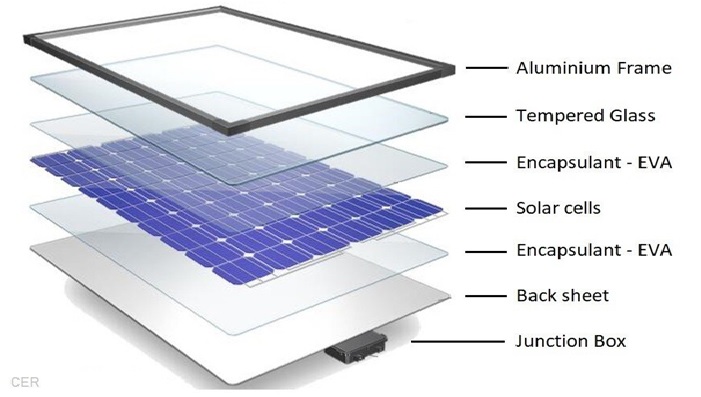The Growth of Agriculture is Floating Farms
The UN predicts there will be two billion more people in the world by 2050, creating a demand for 70 per cent more food. By that time, 80 per cent of us will be living in cities, and most food we eat in urban areas is brought in. [1] So farms moored on the sea or inland lakes close to cities would certainly reduce food miles.
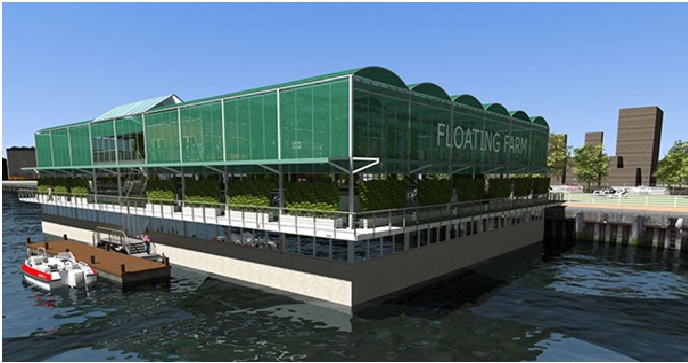
Figure 1. The Floating Farm [2]
The middle tier grows a variety of veg over an area of 51,000m2, using not soil but nutrients in liquid. These nutrients and plant matter would drop into the bottom layer to feed fish, which are farmed in an enclosed space. The figure 1 shows the floating farm.
A single Smart Floating Farm measuring 350 x 200m would produce an estimated 8.1 tonnes of vegetables and 1.7 tonnes of fish a year. The units are designed to bolt together, which is handy since we’ll need a lot of them: Dubai, for instance, imports 11,000 tonnes of fruit and veg every day.
With an engineering background and a passion for technology-driven sustainable food production, Van Wingerden says that he “wanted to produce healthy food close to consumers, reduce long transportation lines and times between production and consumption, [3] and show consumers in a transparent and educational way how healthy food can be produced.”
As for cultivating on the water, he says that “by building on the water, we are climate adaptive. So, no matter how much rain falls or how high sea levels rise, we can always produce healthy food.”
The most important component would be the hydroponic garden, because hydroponics doesn’t require natural precipitation, fertile land or pesticides to be effective and can serve as a model for people who live in arid regions or areas with poor soil. [4] Hydroponic gardens can also be stacked, so they take up less space.
The designers contend that all of this could—at least in theory—operate pretty much automatically, with minimal human intervention. The key would be to place sensors everywhere and rely on the gadgetry of the “Internet of Things” to report data that would ultimately help the farm run at peak efficiency, although details about all that are fuzzy for now. Meanwhile, big data analytics would also be used to determine what the local populace needed most from the floating farms.
Eighty percent of Rotterdam sits below sea level, and the city wants to become 100 percent resistant to climate change by 2025. [5] Arnoud Molenaar, the city’s chief resilience officer, thinks the floating farm contributes to that goal. “It’s an innovative example for a lot of other delta cities in the world,” he says.
Whether the floating farm technology will ultimately scale to the extent that it can make a real dent in food production remains to be seen. But now that the farm is working, people are starting to reconsider their preconceptions.
References:
- https://www.sciencefocus.com/future-technology/future-technology-22-ideas-about-to-change-our-world/
- https://www.bartelsvedder.nl/portfolio/floating-farm-rotterdam-the-netherlands/?lang=en
- https://www.agritecture.com/blog/2021/8/24/building-the-worlds-first-floating-farm-in-the-netherlands
- https://www.smithsonianmag.com/innovation/are-floating-farms-our-future-180956476/
- https://www.smithsonianmag.com/innovation/will-cities-future-have-floating-farms-180972634/
Cite this article:
Vinotha D (2022), The Growth of Agriculture is Floating Farms, AnaTechMaz, pp.98


